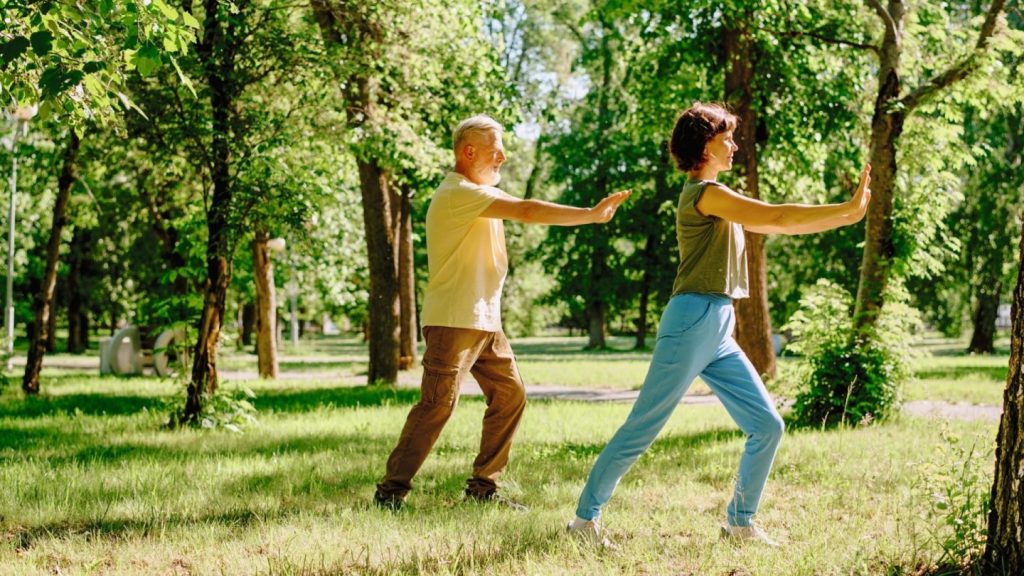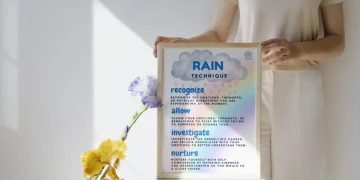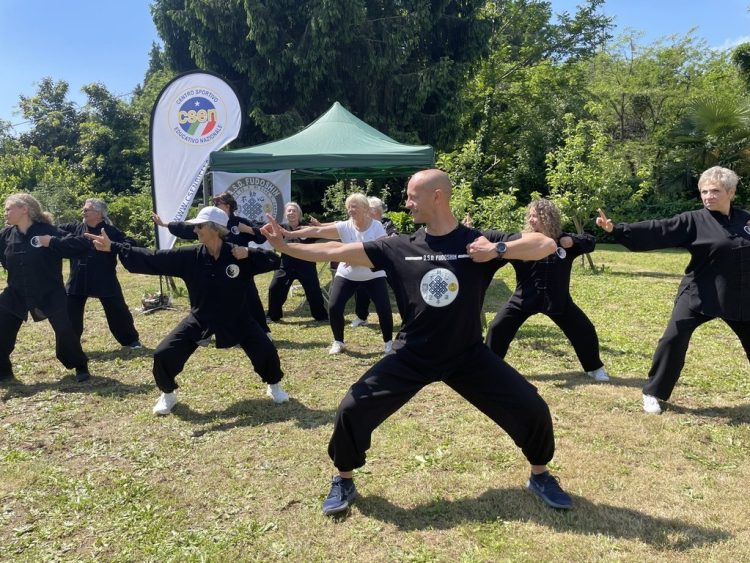The Science Behind Forest Bathing
Forest bathing, or Shinrin-yoku, is not a metaphor. It’s the intentional act of immersing oneself in the atmosphere of the forest with all five senses engaged. Originating in Japan in the 1980s, this practice has evolved into a clinically researched therapeutic intervention. Scientists have measured its physiological benefits—most notably, reductions in cortisol (the primary stress hormone), improvements in immune function, and boosts in parasympathetic nervous system activity. Unlike hiking or jogging, forest bathing requires no goal or speed. It’s about simply being with trees.
Cortisol and the Forest’s Quiet Power
High cortisol is linked to chronic stress, impaired immunity, sleep disorders, and emotional dysregulation. Multiple studies show that just 20 to 40 minutes of forest immersion can drop cortisol levels significantly. The dense foliage, filtered light, earthy smells, and absence of urban stimuli seem to cue the body that it’s safe. Unlike synthetic stress-relief techniques, forest bathing taps into an ancient biological familiarity. Our nervous systems recognize trees as sanctuary.
The Creativity Boost of Green Silence
One lesser-discussed benefit of forest immersion is its impact on creative cognition. When you strip away overstimulation from screens, traffic, and conversation, the brain reverts to what psychologists call the “default mode network”—a state linked to introspection, memory consolidation, and divergent thinking. Natural environments allow this network to function fluidly, encouraging insight, new ideas, and emotional problem-solving. Many writers, designers, and entrepreneurs now deliberately use forest walks as creative resets.
Forest Chemicals That Heal
Trees emit phytoncides, antimicrobial volatile organic compounds that not only protect them but benefit us. Inhaling these chemicals boosts natural killer (NK) cell activity, a key component of immune defense. Research suggests that phytoncides may also enhance mood by stimulating the limbic system. Unlike synthetic fragrances or even indoor essential oils, the forest’s olfactory profile is organically complex, grounded in real-time chemical signaling from plants and soil microbes.
The Emotional Language of Trees
There’s a growing field of ecopsychology that examines the emotional relationship between humans and nature. Forest immersion seems to offer not only physical restoration but deep emotional resonance. Participants often report feelings of awe, humility, groundedness, and even joy. Trees act as nonjudgmental witnesses. The canopy becomes a kind of cognitive boundary, buffering overstimulation while allowing emotional integration. In trauma-informed therapy, outdoor sessions in wooded areas have shown promise for supporting grief, anxiety, and even PTSD.

The Role of Light and Color in Regulation
Forest bathing exposes individuals to the full spectrum of natural light, particularly green and blue wavelengths. These frequencies calm the visual system and are associated with lower heart rates and blood pressure. Moreover, indirect lighting through leaves mimics the flickering of flames or water—both known to regulate the nervous system. Green, as a color, is deeply encoded in the brain as safe and nourishing. These subtle inputs influence our neurochemistry far more than we consciously realize.
When the Earth Becomes a Therapist
Unlike traditional therapy, forest immersion is non-verbal. The client is nature itself. Walking slowly on uneven terrain activates the vestibular system. Sitting on moss or leaning against bark provides somatosensory grounding. Listening to wind in leaves entrains breath and heartbeat. Many forest therapy guides use minimal prompts, instead allowing participants to self-direct. This freedom restores agency and supports emotional regulation in a gentle, decentralized way.
Urban Forests: Healing in Small Doses
You don’t need a remote national park to practice forest bathing. Urban forests, botanical gardens, and even densely planted city parks can offer microdoses of relief. One study in South Korea found that city workers who took lunch walks in treed corridors showed marked improvements in blood pressure and mood compared to those who stayed indoors. The key is immersion—not exercise. Leave your phone, slow your pace, and let your senses do the work.
Digital Detox by Default
Forest immersion serves as a stealth form of digital detox. Without cellular service, blue light, or constant notifications, the nervous system gets a break from vigilance. Brain scans show that after time in nature, the amygdala—our fear center—shows decreased activity. This downregulation is particularly beneficial for individuals dealing with generalized anxiety, trauma, or burnout. By being physically unreachable, we become emotionally reapproachable to ourselves.
When Forests Become Sacred Spaces
For some, forest bathing evolves into a spiritual practice. The stillness, the sense of interconnectedness, the sheer beauty—these foster states similar to meditation or prayer. Indigenous traditions have long recognized forests as sacred spaces. As modern science affirms the therapeutic potential of trees, we find ourselves reentering a wisdom that predates modern psychology: that healing is relational, embodied, and ecological.
Making It a Practice
To incorporate forest bathing into a wellness routine, consistency is key. Even one hour per week can yield benefits. Go without a plan. Let your body lead. Walk slowly. Touch bark. Smell the soil. Listen deeply. If you can’t find a forest, seek out plant-rich environments. If mobility is a concern, sitting on a bench in a wooded area and focusing on breath and sensation still counts. What matters most is presence.
Future Directions: Forests as Prescribed Medicine
In countries like Japan and Finland, physicians are now prescribing time in nature as a legitimate intervention. Forest bathing is being incorporated into public health frameworks as a non-pharmacological tool to address anxiety, depression, hypertension, and immune fatigue. As climate anxiety and digital burnout rise, the quiet majesty of forests may become one of our most vital and accessible healers.











































